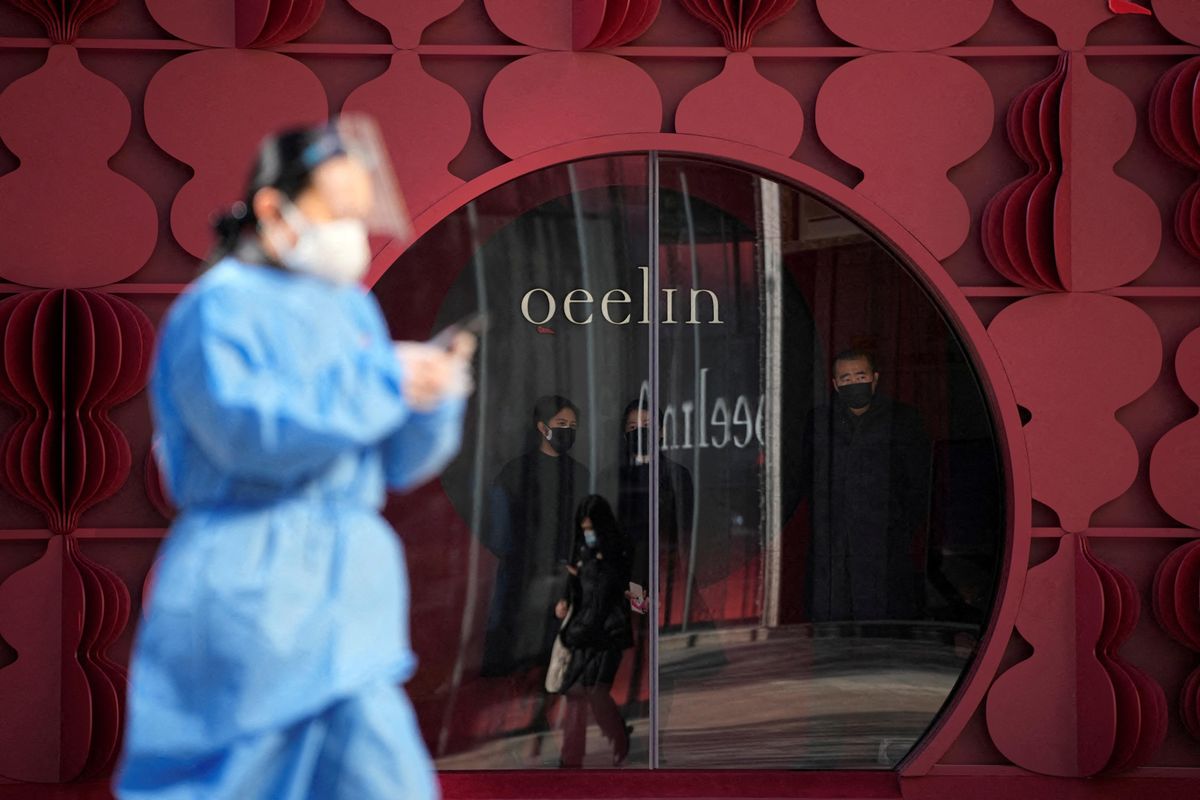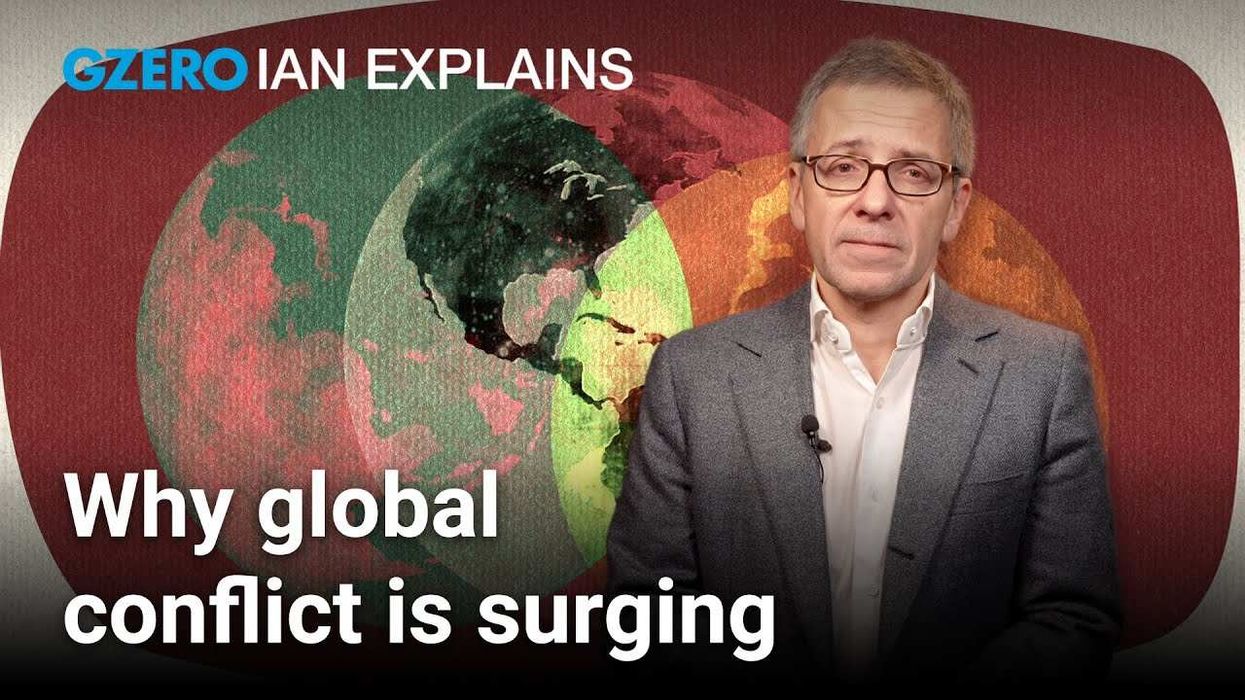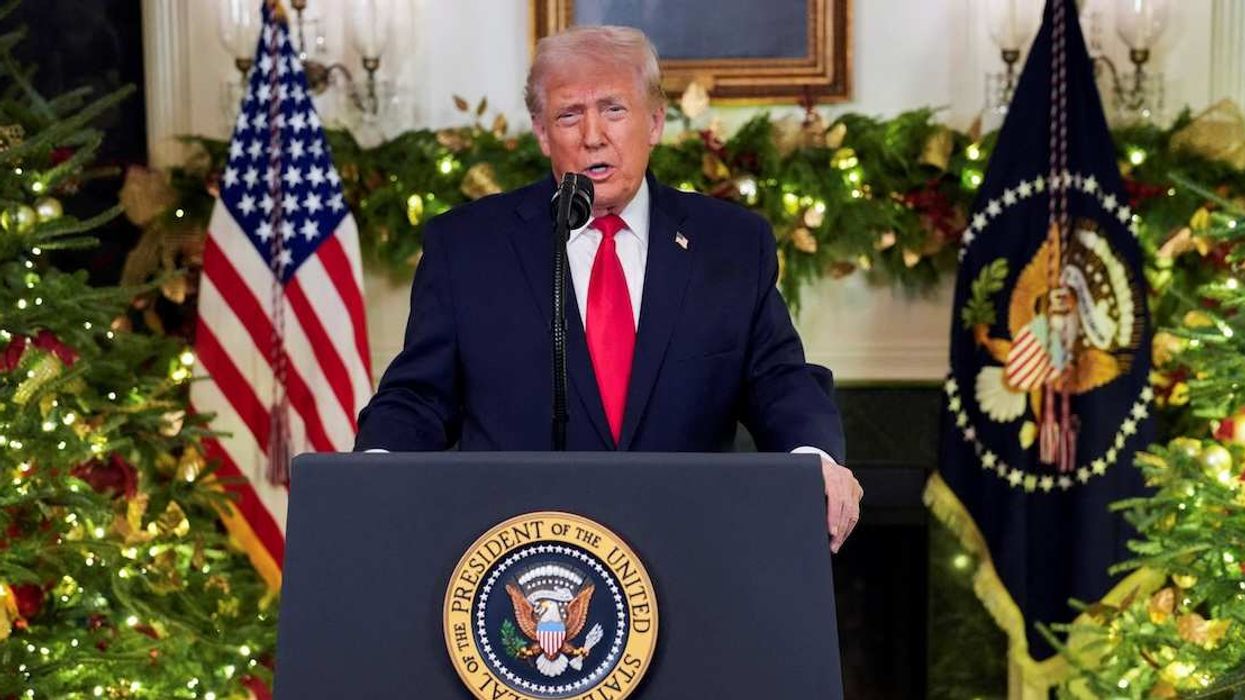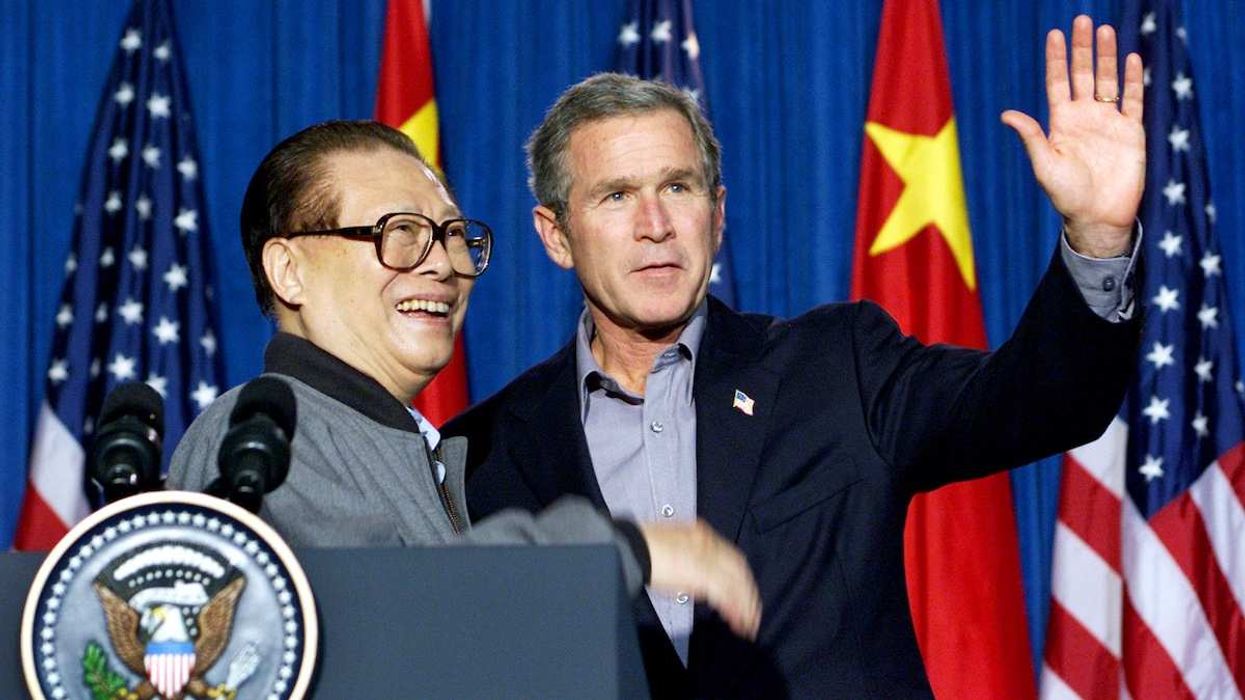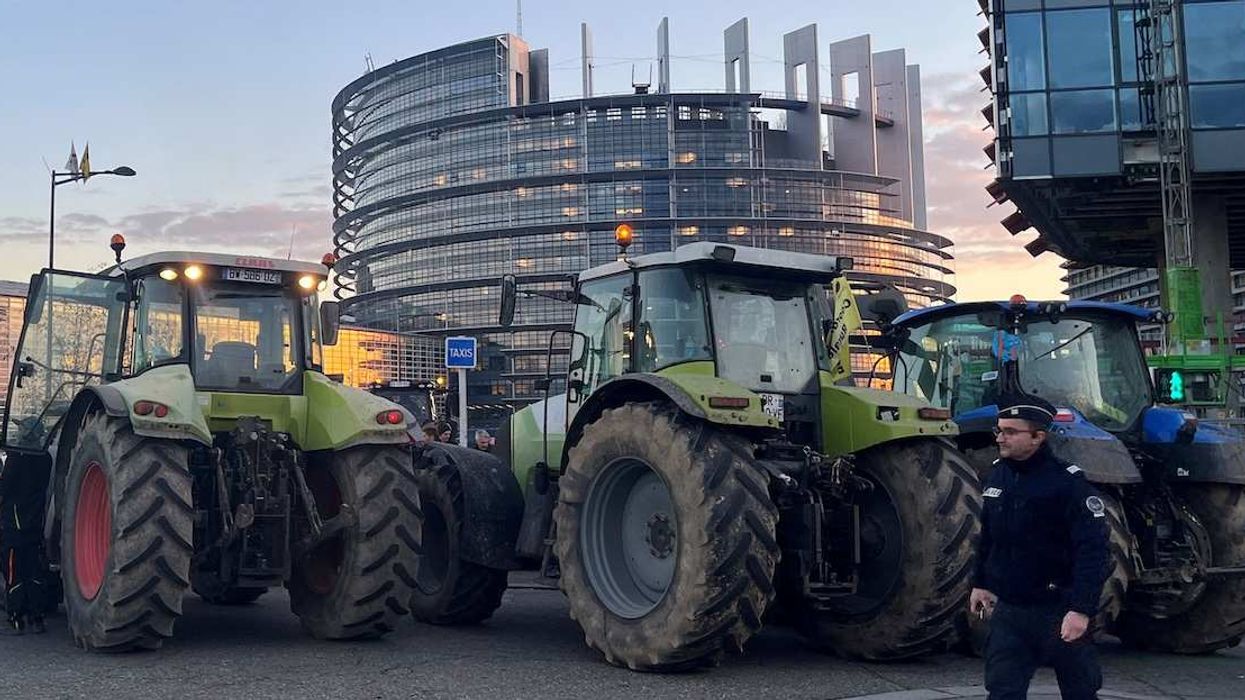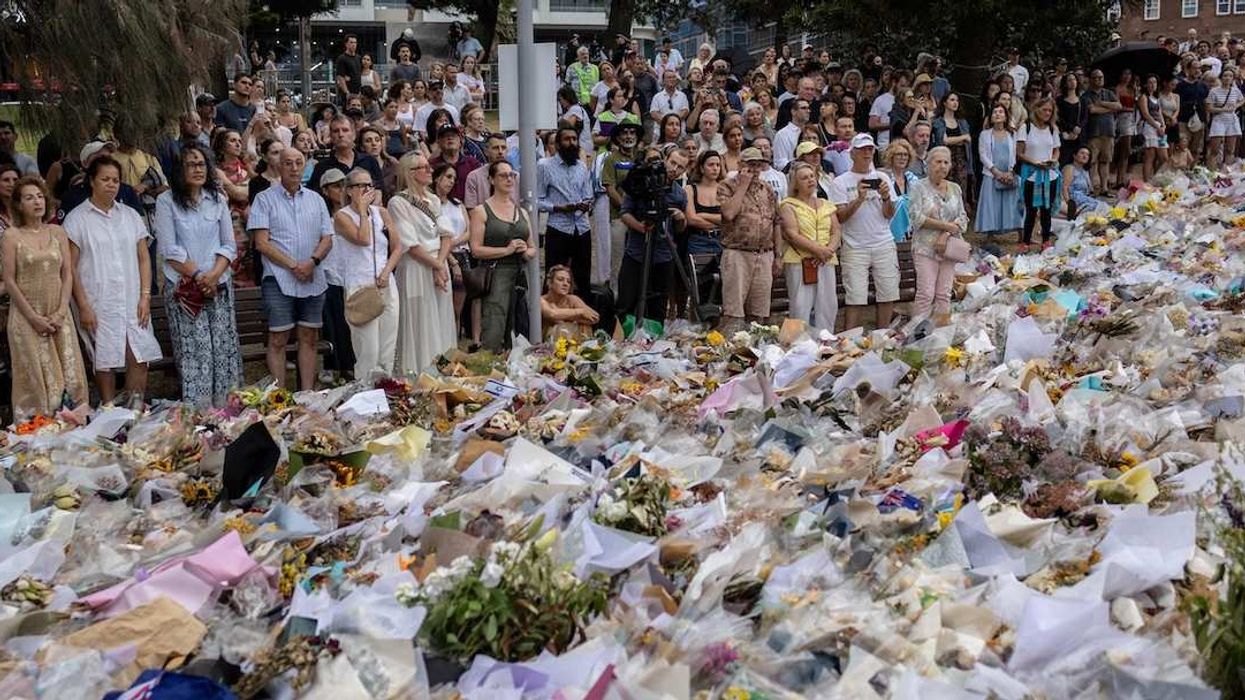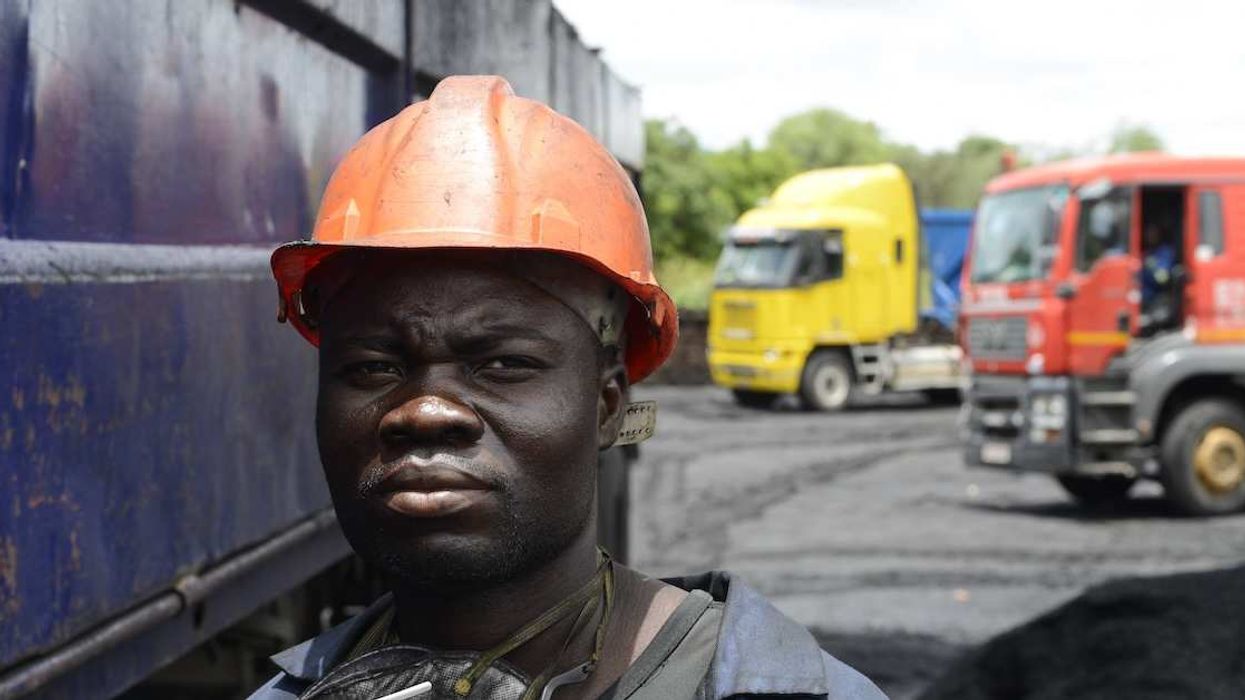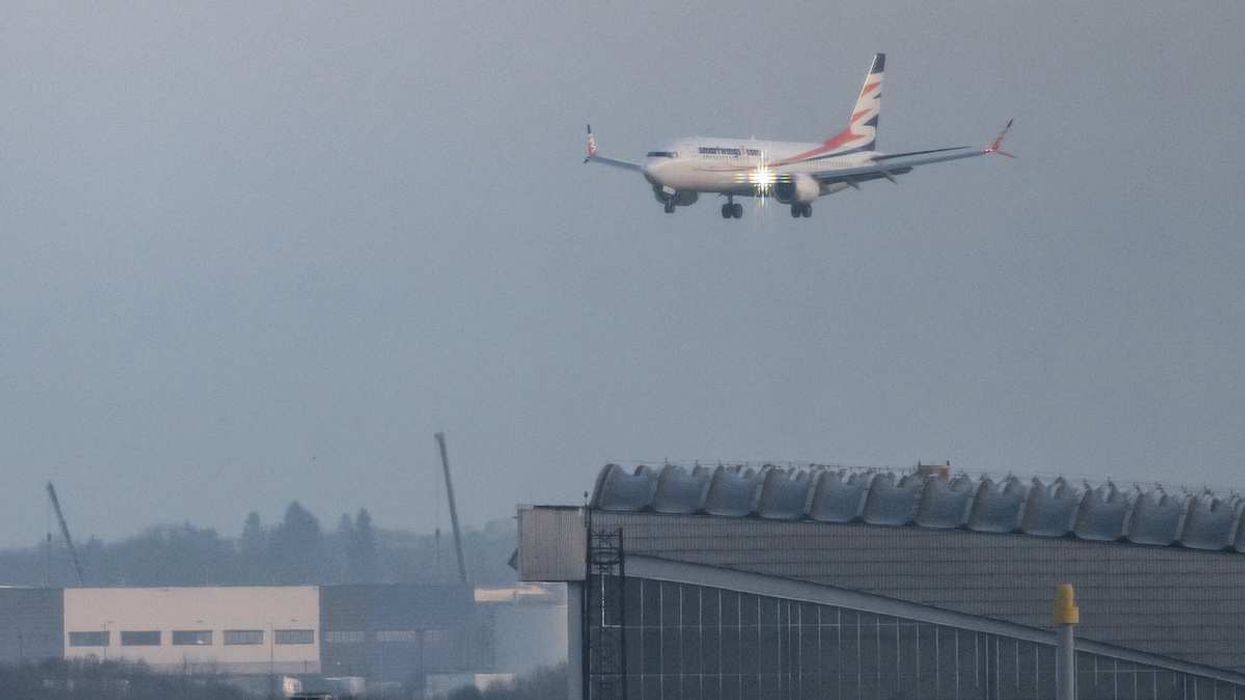Counting China’s COVID deaths
In recent weeks, China has announced an abrupt about-face on its zero-COVID policy, which imposed tough (and economically costly) restrictions on freedom of movement inside China for the past three years. Despite predictions that a sudden end to existing COVID rules could contribute to one million deaths, the state has lifted lockdowns, ended many testing and quarantine requirements, and halted contact-tracing systems. For a government that works hard to persuade its people that it protected them from the COVID carnage in Western democracies, it’s a big risk. How to keep the number of COVID deaths down? Just redefine what counts as a COVID death. Going forward, only those with COVID who die of pneumonia or respiratory failure will be counted as COVID fatalities. (The US counts any death to which the virus contributed as a COVID death.) China’s change will make it much harder for Chinese health officials to properly allocate resources to respond to COVID spikes, and more infections will create mutations that generate new variants that cross borders. Officials in many countries, including the US, have argued over how to define a COVID death, but the question is especially sensitive in an under-vaccinated country of 1.4 billion people.
Australia tries to repair China trade ties
“Australia’s approach is to cooperate where we can, disagree where we must and engage in the national interest,” Australia’s Foreign Minister Penny Wong said before touching down in Beijing for a meeting on Wednesday with her Chinese counterpart Wang Yi. It’s the first time a high-ranking Australian official has visited the mainland since 2019 due to extremely tense bilateral relations. Wong reiterated that the meeting itself was a triumph given that diplomatic ties were all but frozen until new Aussie PM Anthony Albanese was elected in May, promising to reestablish dialogue with China. While no major public breakthroughs were announced on trade impediments, Beijing and Canberra vowed to establish a consistent high-level dialogue. Why has the mood been so grim? Well, President Xi Jinping is especially peeved at Canberra for joining US efforts to build a bulwark against China in the Asia Pacific by joining alliances including the Quad and AUKUS. Things got particularly bad in 2020 when Australia backed calls for an international investigation into the origins of COVID-19, prompting Beijing to impose devastating tariffs and bans on Australian exports. The Albanese government is keen to fix that, given that key Aussie exports – like wine – have plunged due to Chinese tariffs.
Peru clashes with Mexico as political crisis deepens
Peru has ordered the Mexican ambassador to leave the country after Mexico City granted asylum to the family of leftist President Pedro Castillo, who was recently arrested for trying to dissolve Congress and stage a coup. Simply put: Peru is a hot mess. Castillo, a former rural school teacher with no prior political experience, was accused of corruption and ineptitude and faced multiple impeachments since coming to office last year. Castillo's wife is also being investigated for partaking in alleged corrupt activities. Peru’s government, now led by Dina Boluarte, recently declared a state of emergency to manage mounting social unrest that’s led to at least 26 deaths. Crucially, Mexico isn’t the only state criticizing Lima. Fellow leftist regimes in Argentina, Colombia, and Bolivia released a joint statement expressing concern over Castillo’s “undemocratic harassment.” Meanwhile, Peruvians continue to protest, with some calling for new elections and others demanding Castillo be released. While Peru’s Congress is set to greenlight early elections, they wouldn’t take place until April 2024. That’s unlikely to placate the angry masses.
What We're Ignoring: Whoever becomes the new Twitter boss
After 57.5% of Twitter users voted for him to step down as CEO in an online poll, Elon Musk now says he'll do it ... once he finds the right person to replace him. Hmmm. But even if he does, any incoming Twitter boss won't have as much free rein over the social platform as its mega-rich owner, who still plans to run the tech side. More importantly, why drop $44 billion on buying Twitter to let someone else call the shots? The poll result likely gave Musk the perfect excuse to get out but still do whatever he wants by pulling the strings behind the scenes so he won't face so much blowback. The problem is that whoever steps into his shoes, none of the Twitter fights that Musk has started over hate speech moderation or who gets verified will likely be resolved anytime soon. Unless, of course, the new CEO is Snoop Dogg, who clearly wants the job and would certainly make Twitter anything but boring.
